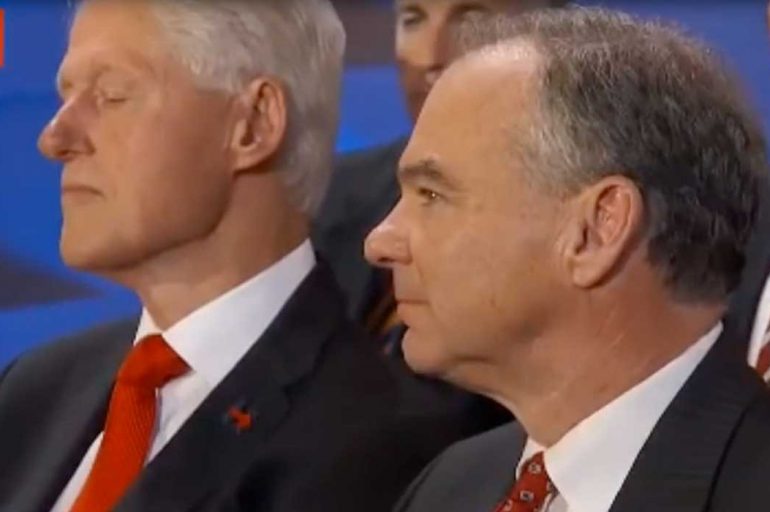Stop your Yapping! (Why shorter is always better.)

How much time should you allot to your guest speaker? Well, that depends on what the purpose of the talk is. If you default to the norm, you’ll give the speaker 30 – 60 minutes … and most likely you’ll default to 45 minutes, which is the norm.
That would be a mistake unless you somehow managed to snag the always engaging Tony Robbins or the ever inspiring Nick Vujicic, the Austrailian speaker with no arms and no legs who uses a good amount of self-deprecating humor to teach his audiences how to live a life of joy.
The reality is that a 45-minute talk is so much easier (for the speaker) to deliver because it is so much easier to prepare. Editing is hard. Practicing your talk, and tightening it up, is even harder! The typical long format talk is rarely engaging for its duration.
There is certainly a time and place for a 45-minute talk. However, successful, longer talks are the result of lots of planning and an awareness of the audience’s waning attention span. A successful long talk will almost always include appropriate transitional segues joining what are essentially multiple talks.
“But,” you say, “leaders, executives and politicians – important people – are often forced to make longer speeches because they deal with weighty, significant topics that demand extra time.” So, we endure these long talks because there “is no other way.” Wrong.
Just because we are inclined to give VIPs 60-minute speaking slots doesn’t mean that they will be more effective in their delivery – quite the opposite! In all likelihood we ask VIPs and keynote speakers to offer her words in 45-60 minute chunks of time because they are receiving a generous stipend of $5,000, $15,000 or perhaps upwards of $50,000 a “talk!”
There is some logic to asking a pricey keynote to fill up an hour of space; we want to get our money’s worth, after all. However, most of these high priced keynotes end up giving the audience a dose of “celebrity” instead of a memorable message. If you are paying for “celebrity” and not a message worth hearing, then, by all means, get your money’s worth however you see fit. If your goal is to inspire, educate and transform your audience, then there are certainly better ways.
As a rule, keep it short (12 minutes is normally good, unless you are confident that the speaker will pull out the A-game, then 18 minutes is viable). Your job is to assure that a message gets through to your audience, otherwise you are wasting your time. If you aren’t a believer, then take time to find a 60-minute keynote speech on YouTube (any talk), and see how long you stay engaged. 10-15 minutes in, and you’ll be looking for the exit. Why would you put an audience through an extra 30-45 minutes of “checking the clock?”
Want proof that long form talks and speeches aren’t memorable? Continue on to read, “The Myth of the Memorable Long-Form Speech. (The 6/12/18 Rule of Public Speaking),” and put your doubts to rest.